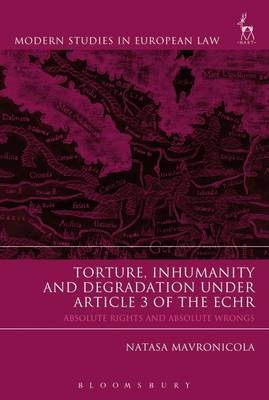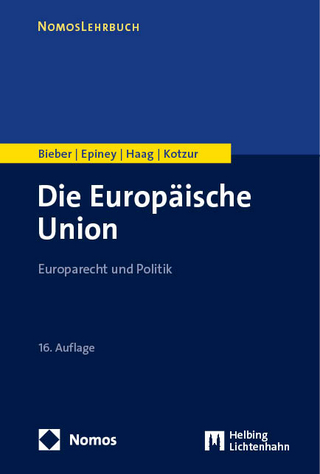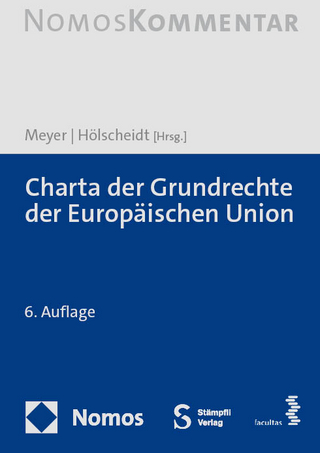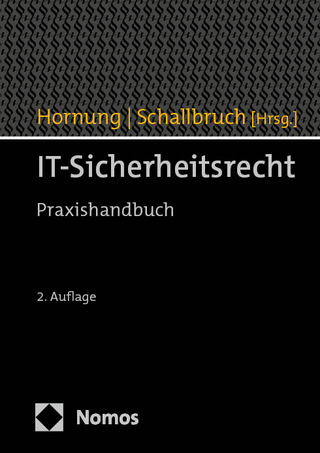
Torture, Inhumanity and Degradation under Article 3 of the ECHR
Hart Publishing (Verlag)
978-1-5099-0299-6 (ISBN)
Few legal standards carry the simultaneous significance and contestation surrounding this right. This book seeks to contribute fruitfully to efforts to counter a proliferation of attempts to dispute, circumvent or dilute the absolute character of the right not to be subjected to torture or inhuman or degrading treatment or punishment, and to offer the groundwork for transparently and coherently (re)interpreting the right’s contours in line with its absolute character.
Winner of the 2022 SLS Peter Birks Prize for Outstanding Legal Scholarship.
The ebook editions of this book are available open access under a CC BY-NC-ND 4.0 licence on bloomsburycollections.com. Open access was funded by the University of Birmingham.
Natasa Mavronicola is a Reader in Law and Deputy Head of Research at Birmingham Law School, University of Birmingham, United Kingdom.
1. Introduction
1.1. The Book’s Dual Pursuit
1.2. The Approach Taken
1.3. The Book’s Structure
2. What Is an ‘Absolute Right’? A Conceptual Framework on Applicability and Specification
2.1. Introduction: Interrogating the Concept of an ‘Absolute Right’
2.2. The Applicability Parameter: Absolute Rights as Non-displaceable Entitlements
2.3. The Applicability Parameter Affirmed in ECtHR Doctrine
2.4. The Specification Parameter: Significance and Implications
2.5. Conclusion
3. Delimiting the Absolute: How Should the ECtHR Approach the Specification of Article 3 ECHR?
3.1. Introduction
3.2. Specifying Article 3 ECHR: The ECtHR’s Task
3.3. The Words, and Wrongs, Themselves
3.4. Article 3’s Negative and Positive Obligations
3.5. Conclusion
4. The Specification of Torture under Article 3 ECHR
4.1. Introduction
4.2. Torture as an Aggravated Wrong within Article 3
4.3. Distinguishing Torture: From Intensity of Suffering to Severity of Treatment
4.4. Conclusion
5. The Article 3 ‘Threshold’: The Specification of Inhuman or Degrading Treatment or Punishment
5.1. Introduction
5.2. Starting Points in Identifying Inhumanity and Degradation
5.3. The Court’s ‘Relative’ Assessment in Light of the Legitimate Specification Criteria
5.4. ‘All the Circumstances of the Case’(?) and Legitimate Specification
5.5. Inhumanity and Degradation in the Context of Punishment
5.6. Conclusion
6. The Specification of Positive Obligations under Article 3 ECHR
6.1. Introduction
6.2. What Are Positive Obligations?
6.3. The Circumstances in Which Positive Obligations Arise under Article 3 ECHR
6.4. The Substantive Scope of Positive Obligations under Article 3
6.5. The Specification of Positive Obligations under Article 3 in Light of the Absoluteness Starting Point
6.6. Rethinking Positive Obligations’ Coercive Orientation
6.7. Conclusion
7. Specifying the Non-Refoulement Duty under Article 3 ECHR
7.1. Introduction
7.2. The Nature of the Central Obligation
7.3. The Non-Refoulement Duty Seen Through the Applicability Parameter
7.4. The Specification of the Non-Refoulement Duty under Article 3 ECHR
7.5. Real Risk
7.6. Conclusion
8. Conclusion
8.1. What Are (the Implications of) Absolute Rights?
8.2. Context, Justificatory Reasoning and the Legitimate Specification of Article 3 ECHR
8.3. Positive Duties to Protect – And Their Limits
8.4. Between the Certain and the Right
8.5. Defending and Upholding the Right Not to Be Subjected to Torture or Inhuman or Degrading Treatment or Punishment: The Future
| Erscheinungsdatum | 26.02.2021 |
|---|---|
| Verlagsort | Oxford |
| Sprache | englisch |
| Maße | 156 x 234 mm |
| Gewicht | 490 g |
| Themenwelt | Recht / Steuern ► EU / Internationales Recht |
| Recht / Steuern ► Öffentliches Recht ► Völkerrecht | |
| Sozialwissenschaften ► Politik / Verwaltung | |
| ISBN-10 | 1-5099-0299-6 / 1509902996 |
| ISBN-13 | 978-1-5099-0299-6 / 9781509902996 |
| Zustand | Neuware |
| Haben Sie eine Frage zum Produkt? |
aus dem Bereich


